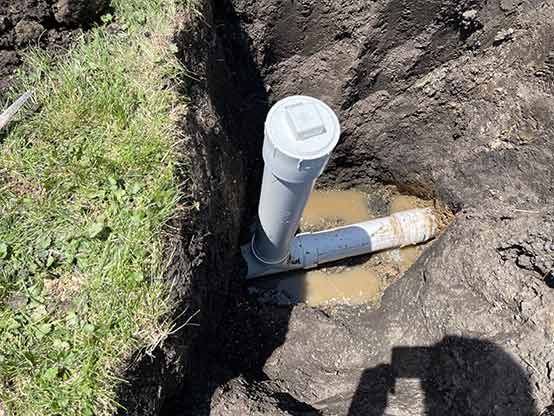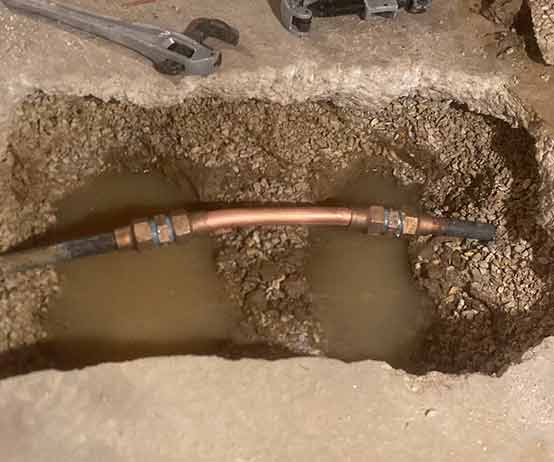
Welcome to our complete guide on the key differences between sewer line repair and water line repair. Below we’ll break down how each system works, what components they include, and the common problems that require repair. Whether you’re a homeowner looking to understand your property’s plumbing or a contractor seeking deeper insight, this guide will help you clearly distinguish between the two and make informed decisions about maintenance and repair.
Understanding Sewer Line Repair
Sewer lines are an essential part of a property’s plumbing system, responsible for carrying wastewater from your home to the municipal sewer system or septic tank. When it comes to sewer line repair, it typically involves fixing or replacing damaged or deteriorating pipes that transport sewage. This repair process is essential for maintaining the proper functioning of your plumbing system and preventing potential health hazards or environmental contamination.
Common Causes of Sewer Line Issues
Several factors can contribute to sewer line problems, including:
- Tree root intrusion: Tree roots can grow into sewer pipes, leading to obstructions and pipe damage.
- Old or corroded pipes: Over time, sewer pipes can deteriorate due to age, corrosion, or material defects.
- Blockages or clogs: Accumulation of debris, grease, or foreign objects can lead to clogs and sewer backups.
- Ground shifting: Changes in the soil around sewer pipes can cause misalignments or pipe collapses.
Main Components of Sewer Line Repair
When a sewer line repair is required, the main components involved in the process typically include:
- Sewer camera inspection: A professional plumber will assess the condition of the sewer line using specialized cameras and equipment.
- Excavation: In some cases, excavation may be necessary to access the damaged portion of the sewer line.
- Repair or replacement: Depending on the severity of the problem, the damaged portion of the sewer line may be repaired or replaced entirely.
- Reconnection and testing: Once the repair work is complete, the sewer line will be reconnected and thoroughly tested for leaks or any remaining issues.

Understanding Water Line Repair
The water line, also known as the main water supply line, is responsible for delivering clean and potable water from the municipal water source to your property. Water line repair involves fixing or replacing damaged or leaking pipes that compromise the flow of water into your home. Ensuring the integrity of the water line is crucial for maintaining a reliable water supply and preventing unnecessary wastage or contamination.
Common Causes of Water Line Issues
Several factors can contribute to water line problems, including:
- Freezing temperatures: Freezing temperatures can cause water lines to freeze, leading to cracks or bursts.
- Ground movement: Shifting soil or geological factors can exert pressure on water lines, resulting in leaks or breaks.
- Corrosion: Corrosion can occur over time, particularly in older pipes, causing structural deterioration and leaks.
- Tree root invasion: Similar to sewer lines, water lines can also face issues with tree roots intruding into the pipes.
Main Components of Water Line Repair
When it comes to main water line repair, the main components involved in the process typically include:
- Shut-off and excavation: The water supply to the property is shut off, and excavation is carried out to access the damaged area of the water line.
- Pipe repair or replacement: The damaged section of the water line is repaired or replaced, ensuring the integrity of the pipe and restoring the water flow.
- Pressure testing and reconnection: Once the repairs are complete, the water line undergoes pressure testing to ensure there are no leaks or further issues. Subsequently, the water flow to the property is reconnected.
To Sum It Up
In conclusion, sewer line repair and water line repair may share similarities in terms of their utility within a plumbing system, but they differ significantly in their functionality, components, and repair processes. Understanding the distinctions between these two types of repairs can help homeowners and contractors make informed decisions, prevent potential plumbing issues, and ensure the long-term efficiency and reliability of their plumbing systems.

